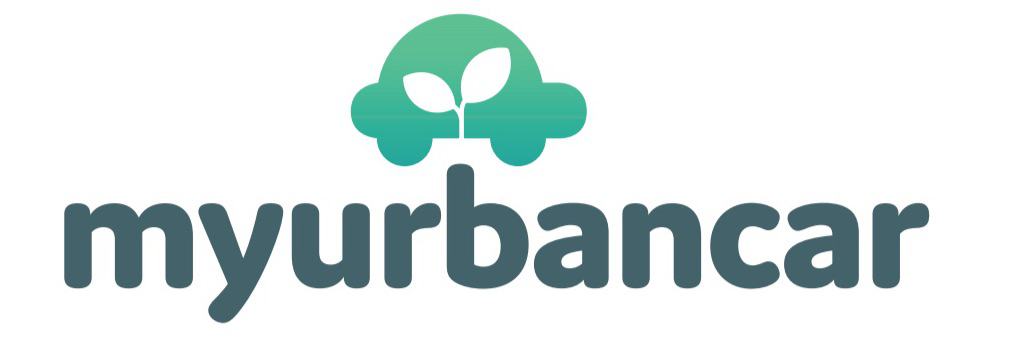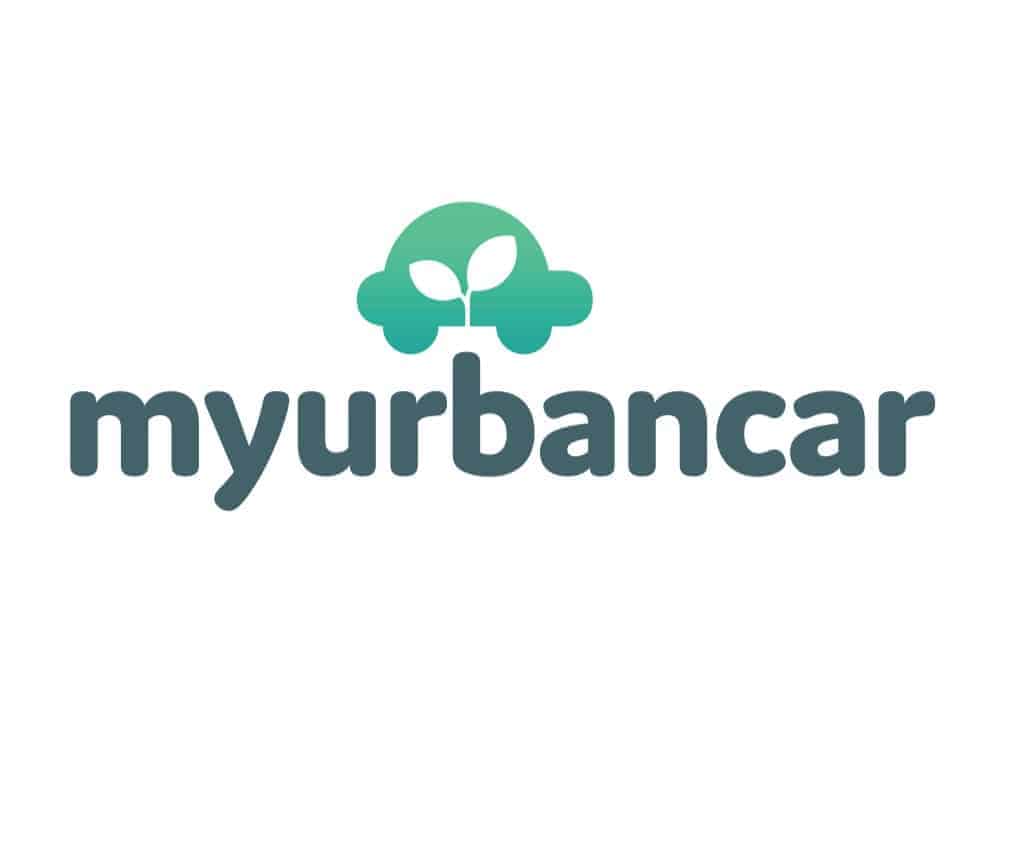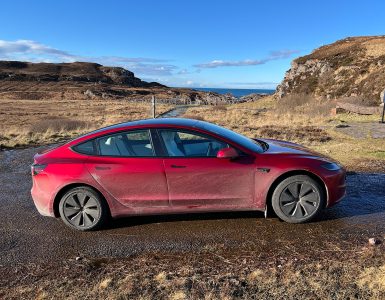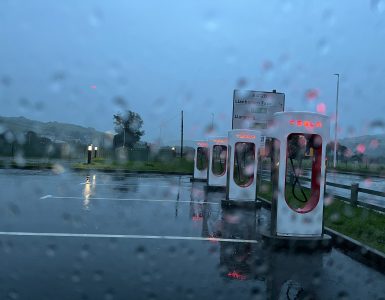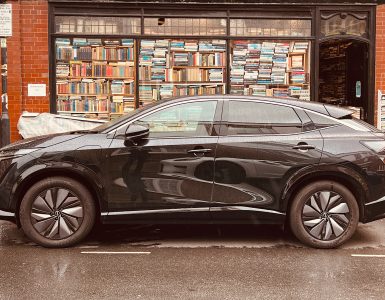So your new electric car has arrived, you’ve got a pretty good idea how to drive the car but not much more than that. So lets kick off. Firstly you’ve made a great choice. Click here to see why almost no electric cars owners want to go back to piston cars here.
The charging basics
Just in case you didn’t check out the link above here’s a quick intro to charging.
AC Charging – for charging very slowly
- AC charging is super slow usually around 7kW speed which adds around 20 miles of range per hour
- often cheaper (sometimes even free)
- AC chargers usually need you to use your own charge cable to connect to your car. The connection should be standard at the charger end
- You use AC chargers this when your car is parked at home in your driveway or your street or overnight at a hotel or for tops ups when your car would parked somewhere anyway like at the Supermarket. If you don’t have a driveway there are more and more public street chargers including many that plug into existing lamp posts. Most, apart from Source London are reasonable value including Ubitricity.
If you’re charging somewhere the car would be parked anyway then you save time compared to driving to a garage, filling up, paying for fuel and then driving back in a petrol or diesel car. An AC charger plugged in overnight will usually give you a full battery when you start off in the morning*. In fact if you charge up to 200 miles range every morning you could drive up to 73,000 miles a year without ever visiting a public charger!
*Although charging a battery to full is fine just before a long trip, it’s best for most EV batteries if you usually just charge between 10% and 85%. Once you’re on a trip the quickest charging on DC rapid chargers is between 10% and 70% on most EVs so it’s better to make 2 quick charging stops than one long one when you can.
Unless you drive a Renault Zoe the max AC charge speed your EV is likely to manage is about between 7 and 12kW.
EV etiquette – Generally you don’t have to rush back to unplug and move your EV the moment an AC charge is completed but you should always move it the same day the charge has completed or in the morning if overnight.
DC Charging – For charging quickly
What about when you need to charge quickly? You simply use super fast DC charging. DC chargers can give between 50kW and 350kW depending what the charger can deliver and the car can take.
- Understanding charging speed
- Let’s use the analogy of a barrel of beer as your battery. Imagine you have a barrel with a capacity of 50 pints. That’s your battery capacity in kWh (KiloWatt hours). Now imagine you’re pouring beer into the barrel at a rate of 50 pints per hour. That’s your charging speed in kW and filling a pint barrel at a rate of 50 pints an hour (or 50kWh battery at a speed of 50kW) takes…one hour.
- Imagine instead if you could fill the 50 pint barrel faster at a rate of 200 pints per hour (or a 50kWh battery charging at 200kW). It would only take a quarter of the time.. 15 mins. The EV’s we recommend mostly have a charging speed of at least twice the battery size (giving a charge time of 30-35 mins) but some are even quicker.. sometime three or four times the battery size. Some can charge in around 18 minutes.
- The bad news is these numbers tend to roughly work for 10-80% charging.. not 0-100%. The good news is you won’t usually start a charge on completely empty battery.
- Check your electric cars DC charging speed. That is the fastest your car will charge at. If your car charges at up to 125kW then any charger less than 125kW will take longer to charge. But 125kW is also your maximum so if you have a choice between a 150kW and 250kW charger then neither will charge above your car’s maximum 125kW speed
- DC chargers have their own cable (known as tethered) which will either be CCS for new cars or Chademo for older Japanese EV’s
- Charging speed will vary and you won’t always get peak speed in your car. Sometimes it’s the charger but mostly it’s that the battery is cold or the state of charge is over 50%. Navigating to a charger will often help an EV prepare itself to charge quicker even if you know the way.
- Tesla’s will be slower than they should be on public chargers as the battery preheating to maximise charge speed only currently works on Tesla Superchargers leaving it cold when you arrive at non Tesla Chargers
EV etiquette – DC chargers are very quick (usually 20-60 mins) and in demand so you are expected to unplug and drive away as soon as your car has stopped charging.
Most cars come with phone apps that tell you how your charge is progressing even if you aren’t near the car.
Some chargers will levy a penalty if you continue to block a charger more than 5 mins after your charging has finished. The overstay charge on Tesla Superchargers is £1 a minute at the time of writing. Other chargers also have a large fixed overstay fee that is incurred over a certain time limit.. usually a max somewhere between 1 and 2 hours.
Finding the right chargers using apps
Every EV driver doing longer trips will need to be able find chargers. Even if you drive a Tesla and have access to their excellent Superchargers there will still be times when you need to find public chargers. You should not need to pay any subscriptions for charging. While there are others we use 2 Apps to find chargers around the UK, Zapmap and WattsUp. We recommend you download both.
WattsUp
- WattsUp is in our view the easiest app for beginners and quickly finding rapid DC chargers on a trip
- It does not show slower AC chargers, only faster DC of 50kW upwards.
- Using the app…On the top right are 3 symbols – map, filters and a cog for settings including telling the app which EV you drive. This helps it just display the correct chargers.
- If you are on a trip then you will want to choose most of the filters.
Multi charger to only show sites with at least 2 chargers
Available units only – we usually leave this unchecked but it could help you avoid broken or in use chargers
Higher power units – definitely tick this if you want to easily find the quickest chargers. “More than 50kW” usually means only chargers of 100kW or more will be displayed as chargers offering between 51-99kW are rare.
Contactless – this will point you towards the easiest to use most modern chargers where you can pay with a tap of a debit card but if you are a Tesla driver than choosing this will remove Tesla Superchargers from the map - Remember the filters are easy to change so if your settings aren’t showing anything convenient then open your search as needed for single chargers, 50kW chargers or chargers that aren’t contactless
- Now pick the map. Zoom in and you will see each charging network has its own icon. Click on a charger and you’ll get its details including cost
- Why icons matter – choosing networks – If you have a network near where you live or or near a destination you may use a charging network even if its slow or needs an app and a login.
On the road though you want charging networks with high reliability, that work easily, have contactless, are quick and in a hub with several devices in case one is busy or out of order.
Quickly finding the fastest chargers for a trip using WattsUp
Use the “new journey” feature that plans a route and shows all the chargers according to your filters along the way. Future journeys does much the same but lets you start and end anywhere rather than your current location.
1 Pick a route..it offers 3.. (quick alternative and short) then
2 look at Overview. This lists every charge on that route in order you will reach them with their speed, the network, and bars showing number of chargers. If they have live availability data then green is available, blue is occupied and red are out of order. Pick the fastest chargers your car can make use of. If there is an option to charge at a hub with more than 5 chargers and over 150kW I would prioritise with the caveat for Instavolt below.

- For a new EV driver I would recommend you start off using Osprey and MFG. Fastned are generally good too although some units aren’t contactless. Instavolt are also very reliable and easy to use too but with the caveat that on many chargers their advertised speeds of 120-125kW are illusory unless you have an 800v EV like a Porsche Taycan, Kia EV6 or Ioniq 5. For most EV’s they are likely to deliver only up to between 60-70kW as far as we can tell which is disappointing. All have reliable chargers & are focussed on building hubs with chargers between 125kW and 250kW that are perfect to use on a trip. Instavolt and Osprey also have many legacy slow 50kW DC chargers but they should prove more reliable than others. The downside is these networks at the start of 2023 cost more than petrol and diesel. At the end of 2023 on average cost parity for EV charging was around 65p per kWh and petrol and diesel costs have fallen since then.
Tesla’s excellent Superchargers used to be only for Tesla’s. Some are now open to non Tesla’s. Just download the Tesla app and select “charge your non Tesla” and it will show you Tesla chargers open to you on a map. If the Supercharger cable will connect to the car’s charge port you have access to fast and cheaper charging than UK public networks. The app lists pricing and peak rate timings. For Volvo C40/XC40, most Peugeot, Vauxhall and Citroen EV’s with the same port position as Tesla’s (rear left) using Tesla Superchargers is easy.
Gridserve / Ecotricity – is still a bit of a curates eg. Gridserve is rolling out fabulous new hubs like Braintree in Essex and Norwich in Norfolk which are fantastic. They are also rolling out some excellent hubs are motorway services like Exeter and Rugby with lots of super fast 350kW units. 12 of these hubs were operational at by the end of 2023. These are the good value and usually reliable.
Less impressively they used to have the old Ecotricity/ Electric highway motorway units which were unreliable and needed an app if they were to work at all. These have been updated with contactless chargers but they still offer just 60kW and even less, possibly as little as 30kW, when charging another EV at the same time.
Don’t get me wrong if an area only has 50kW or 60kW units, then use them if you have to, but a 10%-80% charge will take between 1hr and 2hrs on most EV’s. The us about 4x longer than it needs to take on a faster charger. Charging so slowly means if a charger is in use, it could be a long wait before it becomes available. I would use these only in emergencies (to charge enough to reach a faster charger) or if your EV is old and only charges that slowly anyway!
Shell are starting to build some hubs including one that has replaced an entire petrol station in Fulham in SW London but their older legacy DC chargers are not dependable and often not fixed for long periods. By contrast Shell have many good slow AC (formerly Ubitricity) lamp post chargers so it is worth using the Shell mobility app.
The October 2021 Zap Map survey ranking the best and worst charging networks correlates well with our experience. Unless you have to we do not recommend using the lowest ranked providers like Source London, EV charge online, BP Pulse and Charge your Car. We also do not recommend paying subscriptions for any charging unless it will save you enough money to cover the subscription cost on a charger you use all the time. Being tied in to an unreliable network by a subscription will subtract not add to your EV charging experience.
- For Tesla owners it’s best to choose a Tesla Supercharger if there is one on your route. It will be quicker, usually cheaper and saves DC rapid’s for other EV’s. For public networks the easiest and most reliable networks are Instavolt and Osprey
Zap-map
- Zap Map is the best known and most comprehensive charger app
- You should see a map with over 26,000 chargers in the UK. From 3kW speed up to 350kW. Zap Map is the definitive resource on all UK chargers
- On the top left is the filter symbol. Click on it as you don’t usually want all chargers displayed.
- It has improved a lot with a much easier way to filter charging speed to choose what you want displayed.
- If you register (free) you can tell Zap-map what car you drive and it will just display the chargers that connect to your car.
- Almost all new EVs use the European CCS standard and most chargers including all new chargers offer this. Older Japanese models and the current Nissan Leaf are the main exceptions as they use the Japanese Chademo standard. If you drive an EV with Chademo charging you will need to select those chargers only.
- User feedback about individual chargers on the site is a mixed blessing. Excellent for chasing up on broken chargers but when you’re on the road you may be put off by a failed charge from weeks ago when the charger has been fixed and is working perfectly. On the other hand user feedback can tell you that a charger is regularly causing problems over an extended period of time just by looking at the dates in the chat column.
Charging hubs in the UK
Much faster charging hubs are being rolled out across the UK (but mainly in England). These will appear on Wattsup and Zap Map but if you want to know if a new hub is planned or in construction near you then 2 sources will tell you what and where.
What is a charging hub? Basically it’s a big collection of chargers all grouped together in one place. Most have super fast charging.. the smallest can charge 6 electric cars and vans at the same time, while the biggest can now charge over 50 EV’s quickly all at once. In future bigger hubs may exceed 100 bays
Benefits include –
usually high speed
big capacity and
if one charger doesn’t work there are others next to them.
Voltonomics have a map charging hubs on their way.. In planning in red, live hubs in green and under construction in orange.
Gridserve is a UK operator doing a big rollout of Electric car charging hubs. Check out their UK map here. The hubs are displayed in orange or green and most have 6 or more 350kW chargers. Do check though as a couple are as slow as the single 60kW units shown in dark bluey green.

